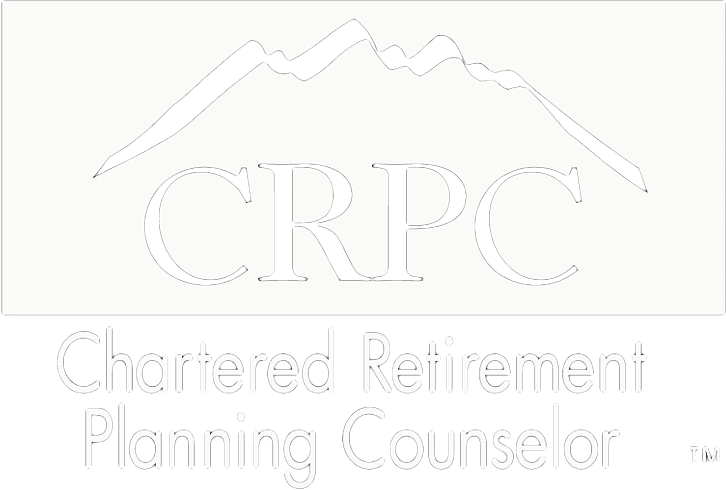
Your home is one of the largest assets, if not the largest asset, you own. If you own a home and have a mortgage, homeowner's insurance is almost always required. Lenders require homeowner's insurance to protect their investment in your home in case damage occurs. Even if you have a mortgage, homeowner's insurance is something every homeowner should have to protect the equity (the value of the home beyond what is owed on it). Should the unthinkable happen, your homeowners insurance is designed to help you recover, repair, and rebuild.
It's a good idea to review your homeowners insurance policy regularly, such as when you renew the policy each year. When reviewing your homeowners insurance policy, it's important to understand the ins and outs of your coverage to make sure you have the right amount of coverage and that you have coverage amounts you're comfortable with.
Overview of Homeowners Insurance
Homeowners insurance covers quite a bit more than just the physical structure. While the physical structure of the home may include attached structures, fixtures, and built-in appliances, many don't realize that their insurance also provides personal liability coverage for injuries or damage that occur from covered accidents. Many homeowners choose to add additional coverage, which may include unattached structures, personal property, medical payments, additional living expenses, sewer backup, and umbrella liability.
Understanding Your Policy Coverages
Your homeowners policy will depend on the type of dwelling you have. Most single-family homeowner policies involve the following types of coverage:
- Dwelling: Pays for damage to the house and attached structures.
- Other Structures: Pays for damage to structures not attached to the house (i.e. fences or sheds). Coverage is typically a percentage of the total dwelling value.
- Personal Property: Pays the value of damaged or lost possessions (furniture, electronics, clothing). Coverage is typically a percentage of the total dwelling value.
- Loss of Use: Pays some additional living expenses during home repair. Coverage is typically a percentage of the total dwelling value.
- Personal Liability: Covers financial losses from property damage and personal injuries to others if found legally responsible. You can choose the amount of personal liability coverage you'd like to add, up to a maximum amount. Higher amounts beyond that maximum would require acquiring umbrella insurance..
- Medical Payments: Pays medical bills for people hurt on the homeowner's property or by the homeowner's pets. Note that some insurers may not cover certain pets or breeds. You can choose the amount of medical payment coverage you'd like to add.
- Water Backup of Sewer: Pays for losses to the house from sewer or drain backup. Coverage is typically a percentage of the total dwelling value.
- Flood Insurance: Separate policy or additional insurance that pays for flood-related damages to the house and contents.
- Earthquake Insurance: Separate policy or additional insurance that pays for damages to the house and other covered items caused by an earthquake.
What Isn't Covered?
It's important to read your homeowner's policy carefully to ensure your home and family are protected. It's important to know what is covered, but it's also important to know what isn't covered. In the section above, you may have noticed that flood and earthquake insurance are not commonly included in your homeowners policy. Damage resulting from earthquakes or floods is not covered by your standard insurance and requires separate policies or additional coverage. Even if you're not in an area prone to floods or earthquakes, it may make sense for you to add these policies, just in case. Some policies might exclude damage from windstorms and hail if you live in a hurricane-prone area. Every policy will have a list of exclusions, and it's important to review those so you know what isn't covered.
How Much Coverage Do You Need?
When it comes to insuring your dwelling, you should have enough insurance to fully rebuild if your home is destroyed or becomes unlivable. You can insure your home based on replacement costs (the cost to rebuild) or actual cash value (ACV). ACV is based on the current market value. It may make sense to review these options with an agent to determine which one is the best choice. Should you need to use your insurance, you'll need to pay your deductible first before the insurance pays any claims. Depending on the type of damage involved, an insurance or claims adjustor may need to inspect the property as well.
You also want to make sure your homeowners insurance policy adheres to the 80/20 rule, which was recently covered in the Escient Financial Insights article The 80/20 Rule in Homeowners Insurance.
The lower the deductible amount, the higher the policy cost will be, so it's important to consider which will be easier to pay.
Review and Update Your Policy
Make sure you know the specific types of damage your homeowners policy will cover. Insurance policies should be reviewed regularly to determine if your coverage still makes sense. Home values can change, and if you've made major purchases or upgraded appliances, your home coverage needs to reflect that. It's also important to inventory your personal belongings annually to ensure that you have the proper content coverage. Something as simple as purchasing a new TV or as complex as inheriting family heirlooms changes the replacement cost of your valuables, and many homeowners neglect this important step.
Insurance reviews are included with Escient Financial's financial planning services. Go ahead and...
This content is developed from sources believed to be providing accurate information. The information in this material is not intended as investment, tax, or legal advice. It may not be used for the purpose of avoiding any federal tax penalties. Please consult legal or tax professionals for specific information regarding your individual situation. The opinions expressed and material provided are for general information, and should not be considered a solicitation for the purchase or sale of any security. Digital assets and cryptocurrencies are highly volatile and could present an increased risk to an investors portfolio. The future of digital assets and cryptocurrencies is uncertain and highly speculative and should be considered only by investors willing and able to take on the risk and potentially endure substantial loss. Nothing in this content is to be considered advice to purchase or invest in digital assets or cryptocurrencies.
Enjoying Escient Financial’s Insights?
The weekly newsletter is usually delivered to your email inbox Friday or Saturday, and includes:
- the latest Escient Financial Insights articles
- a brief of the week's important news regarding the markets
- recommended third-party reads
- selected Picture of the Week
Escient Financial does NOT sell subscriber information. Your name, email address, and phone number will be kept private.
















